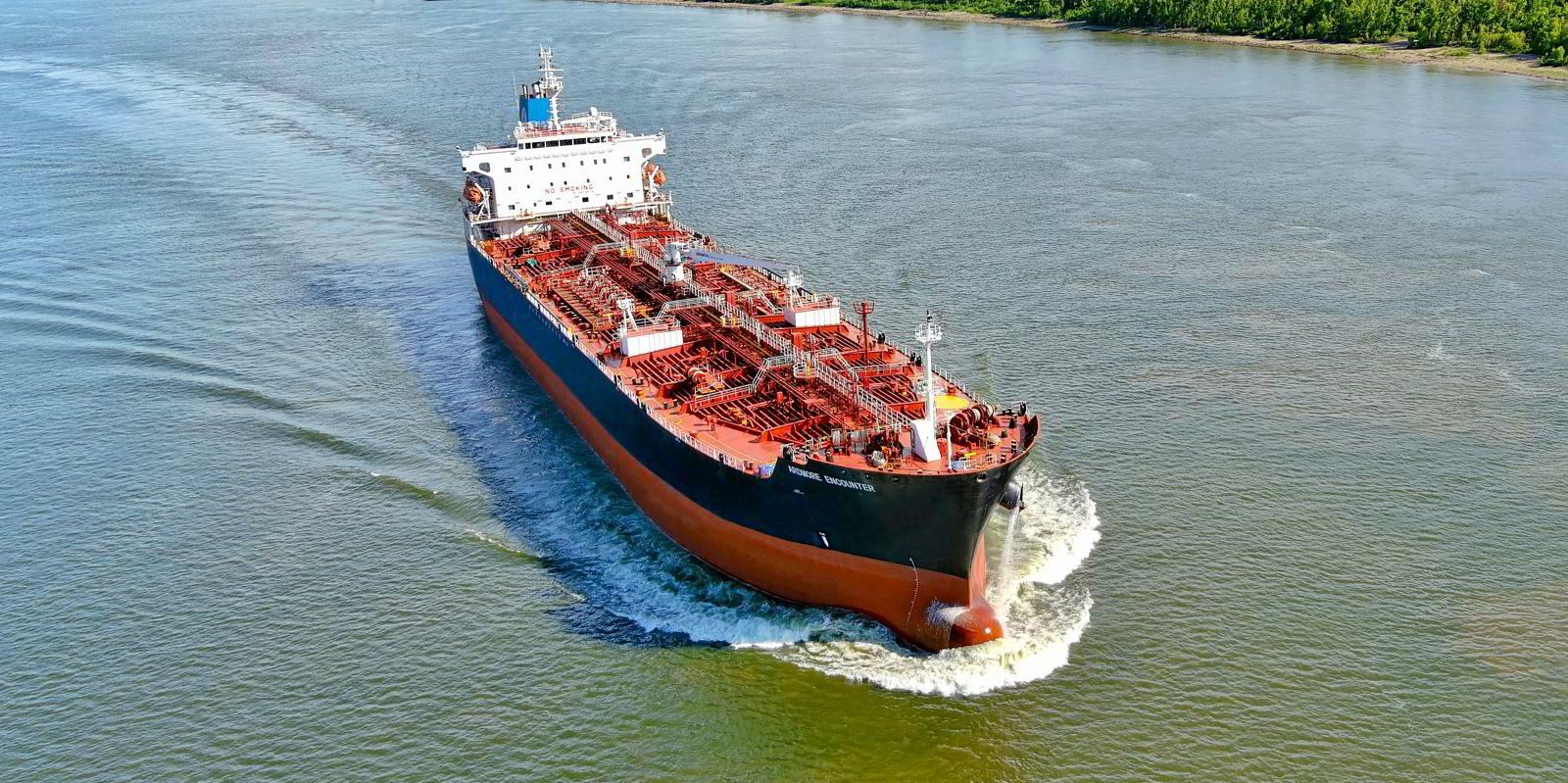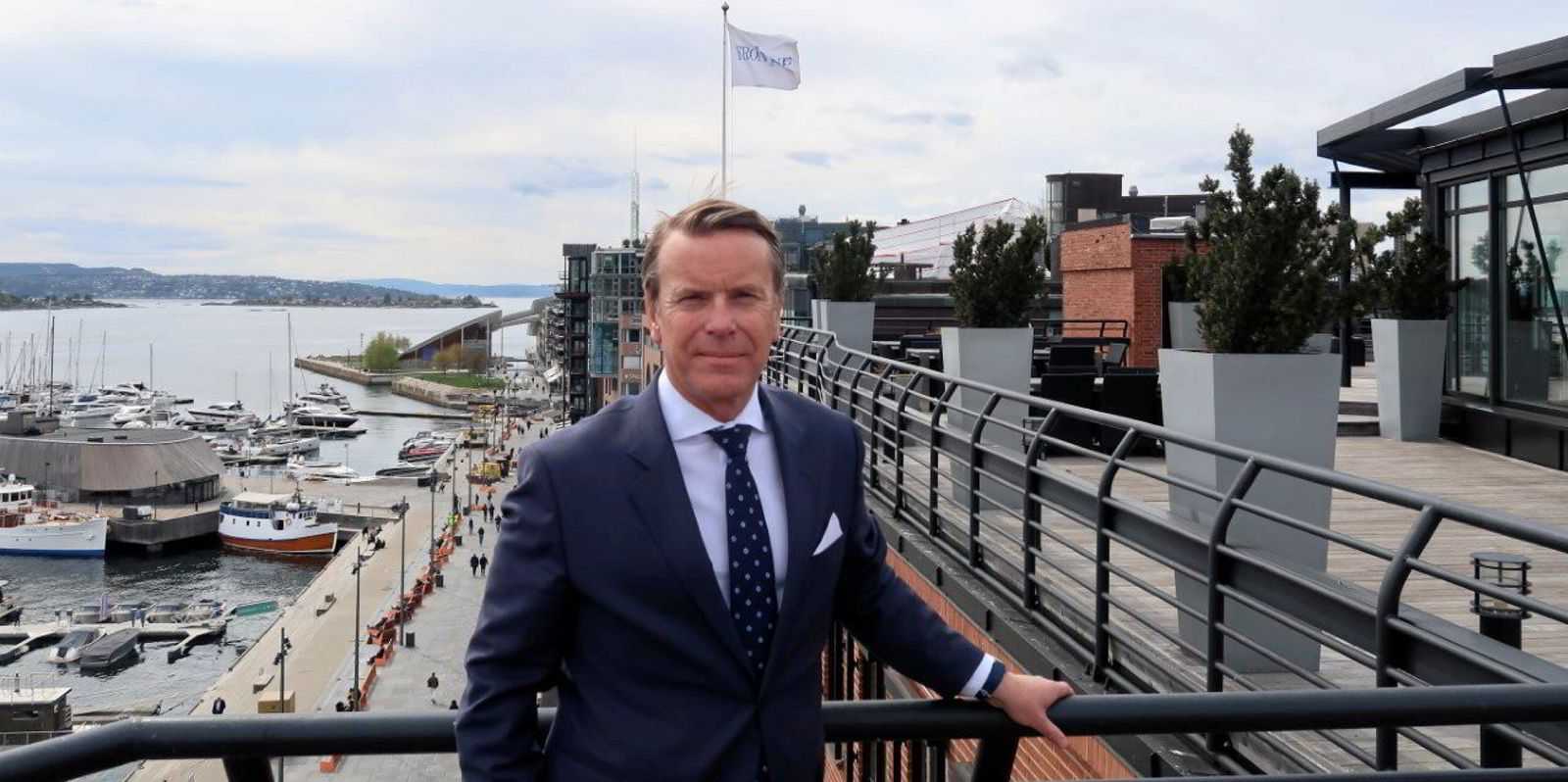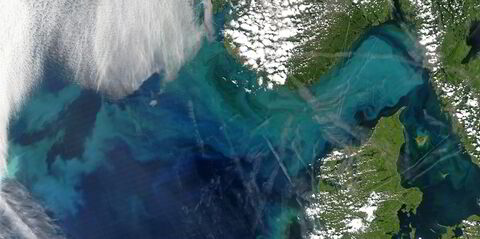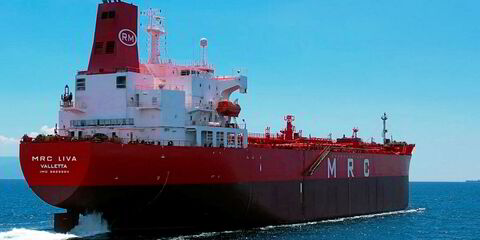Ardmore Shipping is happy to keep its MRs trading in the spot market for now, as shifting trade patterns for bigger ships bolster its operations.
“We think this winter is quite special in the way it’s unfolding,” the Ireland-based operator’s chief executive, Anthony Gurnee, told TradeWinds.
Rates have been buoyed by disruption emanating from the Ukraine war.
But Gurnee said: “We do think that underneath all this there is a very strong fundamental foundation.”
He sees 2023 as being a “tug of war” between the war, strong fundamentals and “a world which still feels like it is trying to recover from the pandemic” on one side; and central bank tightening and the risk of recession on the other.
Gurnee points out that China remains at just 35% of its pre-pandemic jet fuel consumption levels.
“There is still a lot of pent-up demand there,” he said.
Rates should “remain relatively strong and perhaps more volatile”.
The Ardmore fleet is 100% engaged in the spot market, or as Gurnee puts it, “120%” due to five additional ships it operates on time charters.
The company is “very happy” with this.
Switching from short to long
“Our strategy has always been to migrate back and forth, not a huge percentage of the fleet, but migrate back into time charters when we think it makes sense,” he added.
“At the moment, even though the one-year time charter rates are eye-watering, when you think about the next three to six months in the spot market and then figure out how much you’re left with in that time charter in the back end, we still think it makes sense to stay spot.”
The picture could be different six months into 2023, however, he acknowledges.
The European Union and G7 price cap on Russian crude is not irrelevant for product tanker companies, he said, with LR2s already switching from clean to dirty cargoes.
An LR2 is equivalent to three MRs, which is good news for Ardmore.
Ship supply leaving the market
“It does have a big impact. We are certainly no longer seeing big oil tankers doing gasoil and clean petroleum product voyages, so that seems to be over for now,” he added.
“That takes a lot of supply out of our market. We think it’s additive, but probably the big impact will be when the [EU] product ban hits, which in a way could extend the winter market for us.”
Gurnee identifies “a bit of a stand-off in the time charter market” currently.
“Everybody sees the spot market. Charterers are obviously worried about building up a big fleet — expensive ships time-chartered in. As this market develops, we’ll see more activity,” he said.
“It still seems to be reasonably active in the one-year time charter range, but when you get beyond that, it’s always a thin market for MRs.”
Gurnee admits Ardmore is “not the biggest company in the world”.
“We like the fleet size we have now. We think being nimble in this market is a big advantage,” he argued.
“The advantage of being public is if your investors want to sell, they just sell your shares, they don’t have to sell ships.”
Ardmore has six chemical tankers alongside its clean tankers and has always had a strategy of “playing the overlap” between products and chemicals.
About 30% of revenue already comes from non-oil products, and this will grow over time, Gurnee said.





